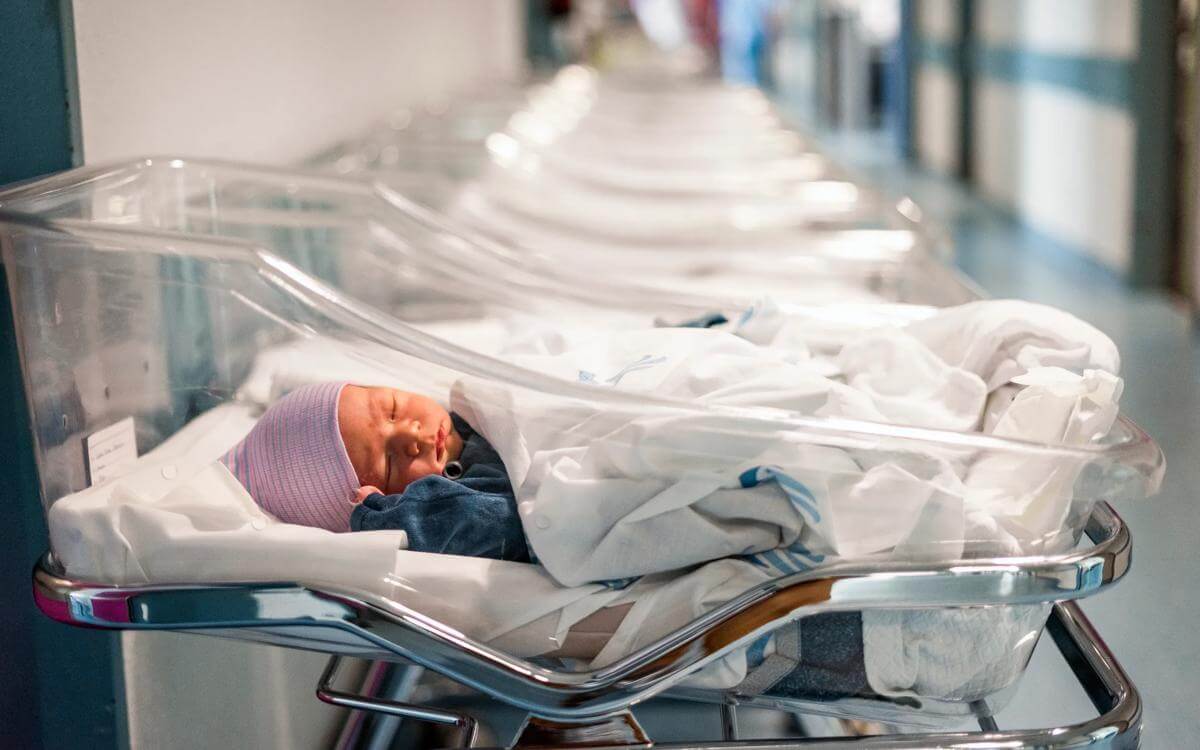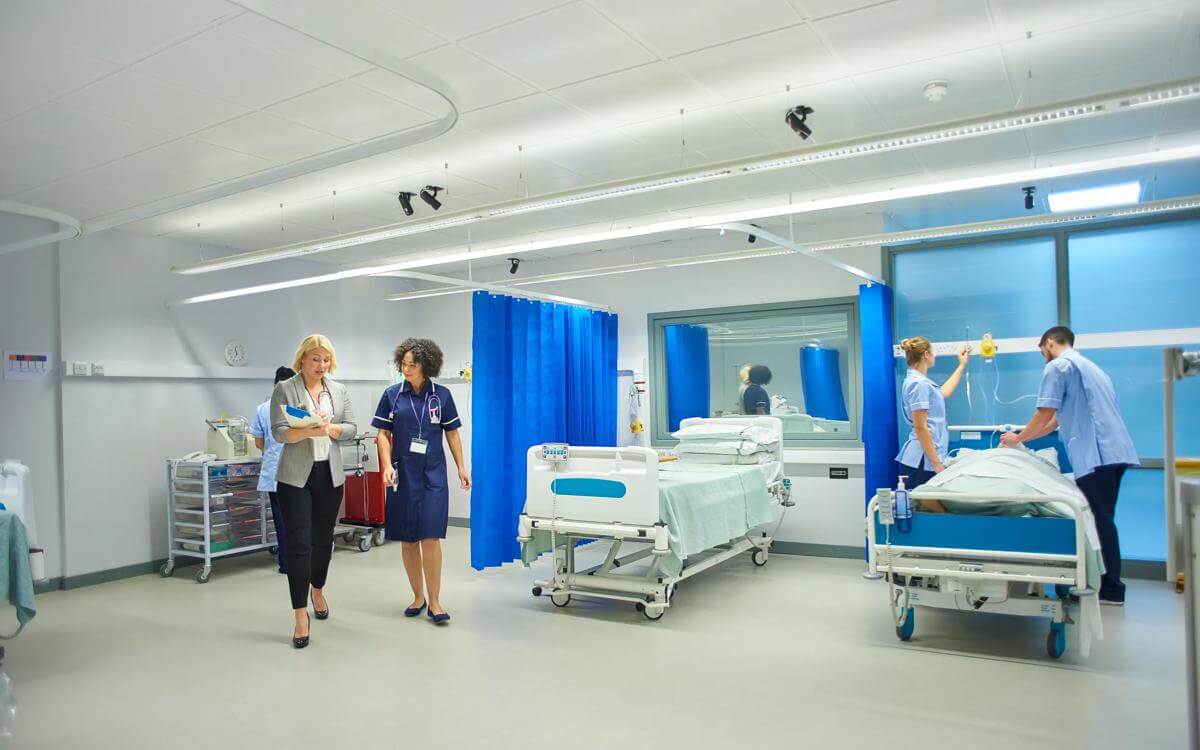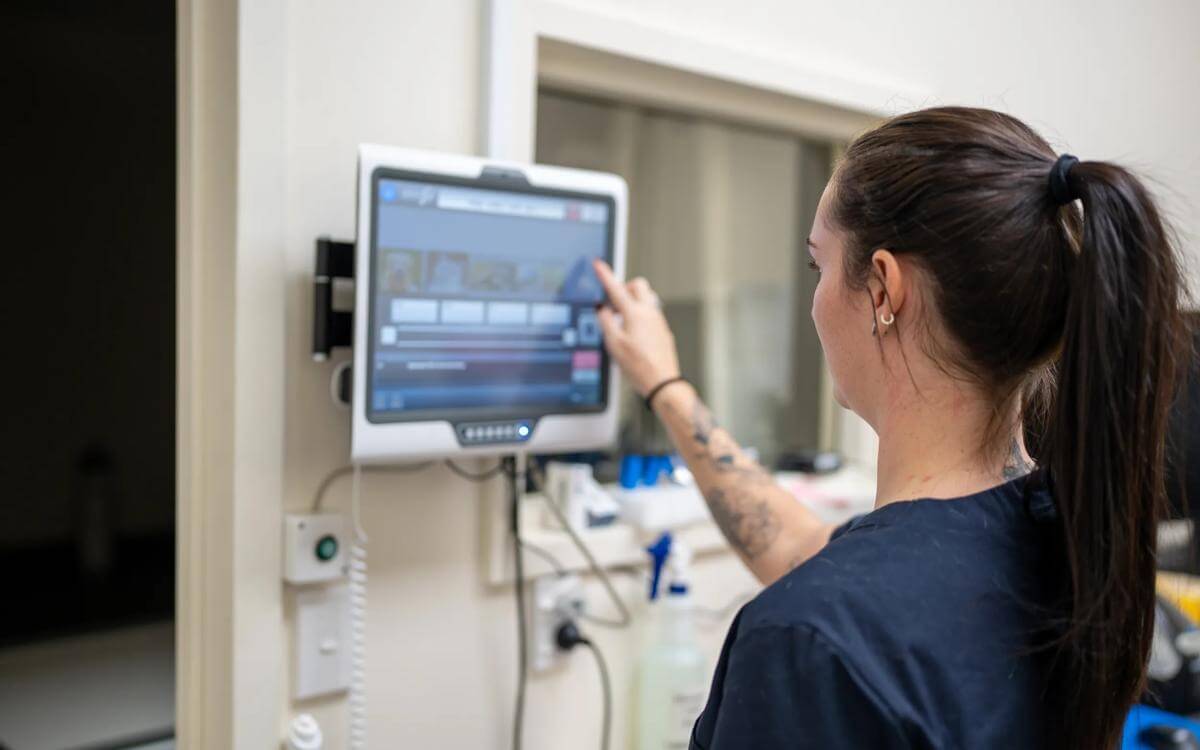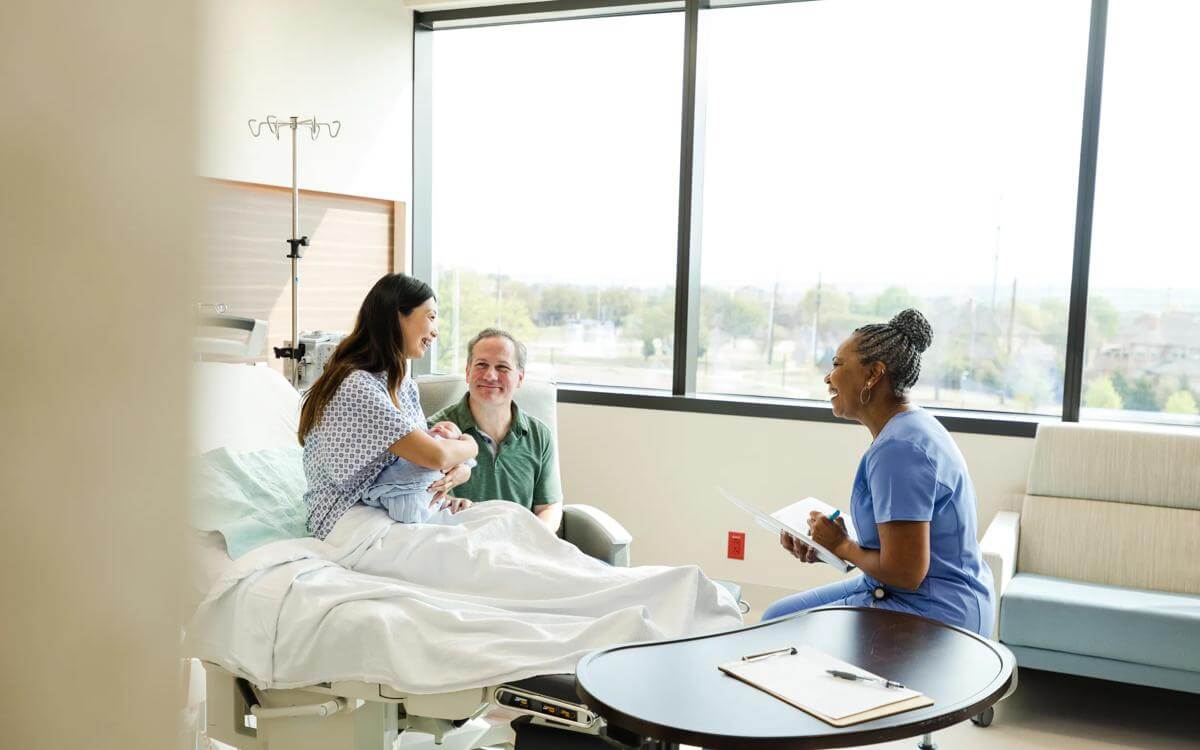Increasing organisational resilience in maternity services
On 12 November 2020, the HSIB published its latest national investigation report on maternity safety - what are the likely implications for maternity services?
On 12 November 2020, the Healthcare Safety Investigation Branch (HSIB) published its latest national investigation report on maternity safety. This report focuses on delays to intrapartum intervention once fetal compromise is suspected, a recurrent theme identified from a wider review of HSIB maternity investigations as well as being a patient safety risk highlighted by other national reports.
The HSIB report highlights the need for timely and effective escalation to reduce delays in intrapartum intervention – delays which are often contributed to by factors including inadequate staffing, poor infrastructure and high workload.
As the HSIB report acknowledges, these are not new issues and there is already a considerable amount of work underway to support improvements in this area, much of which forms part of The Maternity Transformation Programme and also incentivised via the NHS Resolution maternity incentive scheme.
However, the HSIB report is intended to complement this work by looking at the issue of delay through the lens of organisational resilience, that is, the ability of the system to successfully respond to changing circumstances.
What is organisational resilience?
The four main aspects of resilience are an organisation’s ability to:
- Monitor
- Anticipate
- Respond; and
- Learn.
Resilience is important for the NHS and particularly those specialities, including maternity, which operate within changing circumstances, such as the unregulated flow of disturbances or unpredictable events.
Safety II approach
Traditionally, NHS investigations have adopted a Safety I approach to try to identify what has gone wrong following an incident. In contrast, this HSIB investigation adopted a Safety II investigative approach, looking at various systemic elements of maternity units where there has been successful escalation and timely intervention, to identify aspects of organisational resilience. As part of the investigation, HSIB also visited two maternity units to aid understanding of the systems and context within which delays to intrapartum intervention occur once fetal compromise is suspected.
Considerations for change
Whilst acknowledging that there are multiple factors that can impact on resilience and that elements may have variable effects in different maternity units, the HSIB report sets out a number of suggested areas of focus which may increase organisational resilience and therefore reduce the potential for harm:
1. The importance of situational awareness
The HSIB report points out that whilst situational awareness is often seen as something under an individual’s control, it is in fact an organisational issue.
Achieving situational awareness is crucial to facilitating a shared understanding of what is happening across the whole maternity unit (not just labour ward) at any one time and to enable staff to effectively monitor performance and anticipate future requirements.
This may be something Trusts want to consider as part of ensuring compliance with NHS Resolution’s maternity incentive scheme year three, which requires Trusts to demonstrate an effective system of midwifery workforce planning to the required standard, as set out in safety action six “Can you demonstrate compliance with all five elements of the Saving Babies’ Lives care bundle Version 2” and safety action eight “Can you evidence that at least 90% of each maternity unit staff group have attended an 'in-house' multi-professional maternity emergencies training session within the last training year” of year three of the NHS Resolution’s maternity incentive scheme.
Maternity services are incentivised in undertaking training on fetal monitoring in labour in line with the requirements, which should include training sessions in relation to fetal monitoring, human factors and situational awareness.
The role of labour ward coordinator is key in order to facilitate situational awareness - please see discussion below on staffing and teamwork for further details. It is therefore suggested that Trusts consider the creation of a roving bleep holder post (in addition to a labour ward co-ordinator), dedicated to monitoring activity across the maternity unit as a whole and anticipating future events.
Regular multidisciplinary ward rounds are also an effective way to enable staff to monitor, anticipate and respond in a timely way to emerging problems. They promote a shared knowledge and understanding of the situation and provide an opportunity for role-modelling values and standards of practice. Shared situational awareness can also be promoted by activities such as safety huddles and structured information-sharing tools.
2. The importance of the right training
Multidisciplinary training, including in-situ simulation supports three of the abilities necessary for resilient performance – response, anticipation and learning. Learning from experience is also vital. It is recognised that this takes time and resource but the implementation of the 2019 National Patient Safety Strategy, with a focus on a Safety II approach together with the proposed changes to incident investigation through the Serious Incident Response Framework, due to be implemented next year, should assist with this.
The importance of right training, with involvement of all members of the multidisciplinary team, is incentivised via the maternity incentive scheme safety action eight “Can you evidence that at least 90% of each maternity unit staff group have attended an 'in-house' multi-professional maternity emergencies training session within the last training year”.
3. Staffing and teamwork
The HSIB report does not specifically address the negative impact of inadequate staffing and high workload on safe care, acknowledging that this has been addressed in other national reports. However, it points out that the effect of inadequate staffing and high workload may be ameliorated, to a degree, through organisational resilience created by other factors.
Management of the flow of patients between different parts of the maternity service is also identified as critical to resilient performance. Providing senior clinical review at triage helps with flow management by promoting an early and effective response and anticipating future needs.
In addition, having a second supernumerary labour ward co-ordinator to oversee elective and emergency workload may, in larger units, reduce delays in response to elective cases and thereby increase the resilience of the unit and facilitate situational awareness.
This area is incentivised as part of safety action five of the NHS Resolution’s maternity incentive scheme “Can you demonstrate an effective system of midwifery workforce planning to the required standard”, which requires Trusts to demonstrate an effective system of midwifery workforce planning to the required standard.
Trusts will need to evidence from an acuity tool, local audit, and/or local dashboard data 100 per cent compliance with supernumerary labour ward co-ordinator status and the provision of one-to-one care in active labour. This must include a plan for mitigation/escalation to cover any shortfalls.
For Trusts who do not meet the required standards, an action plan can be submitted specific to the action(s) not achieved in order to apply for discretionary funding to support implementation.
HISB recognises that the role of the coordinator in overseeing workload, is often not possible due to work demands. It is therefore suggested that Trusts consider the creation of a roving bleep holder post (in addition to a labour ward co-ordinator), dedicated to monitoring activity across the maternity unit as a whole and anticipating future events.
Interestingly, culture is not expressly referenced in the HSIB report, but the importance of teamwork and psychological safety is identified as a crucial area, with recognition again that there are various ongoing national initiatives directed at assessing and improving these issues.
4. Potential changes to infrastructure
Whilst it may be difficult to change some aspects of a healthcare setting’s physical infrastructure, the HSIB report also suggests that consideration is given to the use of digital enhanced cordless technology (DECT) telephones and locating consultant offices on or near the labour ward as potential ways to increase resilience.
Recommendation
Alongside these areas of consideration, HSIB makes one safety recommendation, namely for the Care Quality Commission (CQC), in collaboration with relevant stakeholders, to include assessment of relational aspects such as multidisciplinary teamwork and psychological safety in its regulation of maternity units.
In this respect, the CQC announced earlier this year that it was developing key lines of enquiry for maternity services to enable better assessment of how Trusts plan, provide and assure the delivery of high-quality, patient-focused maternity care. The CQC briefing paper ‘Getting safer faster: key areas for improvement in maternity services’ (published in March 2020) highlights what needs to change alongside good practice to share learning and support Trusts to make vital improvements with a continued review of the impact of workforce issues, including the effectiveness of training and staffing pressures, on the safety and quality of maternity services.
What are the likely implications for maternity services?
Maternity services are already under intense scrutiny and there has been, and continues to be, national work on effective clinical escalation to mitigate the risk of delays.
The latest HSIB report brings another perspective to the recognised issues, focusing on systemic improvements and opportunities to enhance organisational resilience, which it is hoped will have a beneficial impact on managing the risk of delays.
This approach is to be welcomed. Quality Improvement plans which focus on individual staff capability and training needs will not bring about the meaningful change and improvement needed. As set out in the National Patient Safety Strategy, the path to success requires the embedding of a patient safety culture within a patient safety system. Building and strengthening organisational resilience is a key part of this journey.
If you have any queries or would like to discuss anything arising from the HSIB report, please contact Amelia Newbold at amelia.newbold@brownejacobson.com
Contact

Amelia Newbold
Risk Management Lead
Amelia.Newbold@brownejacobson.com
+44 (0)115 908 4856








































